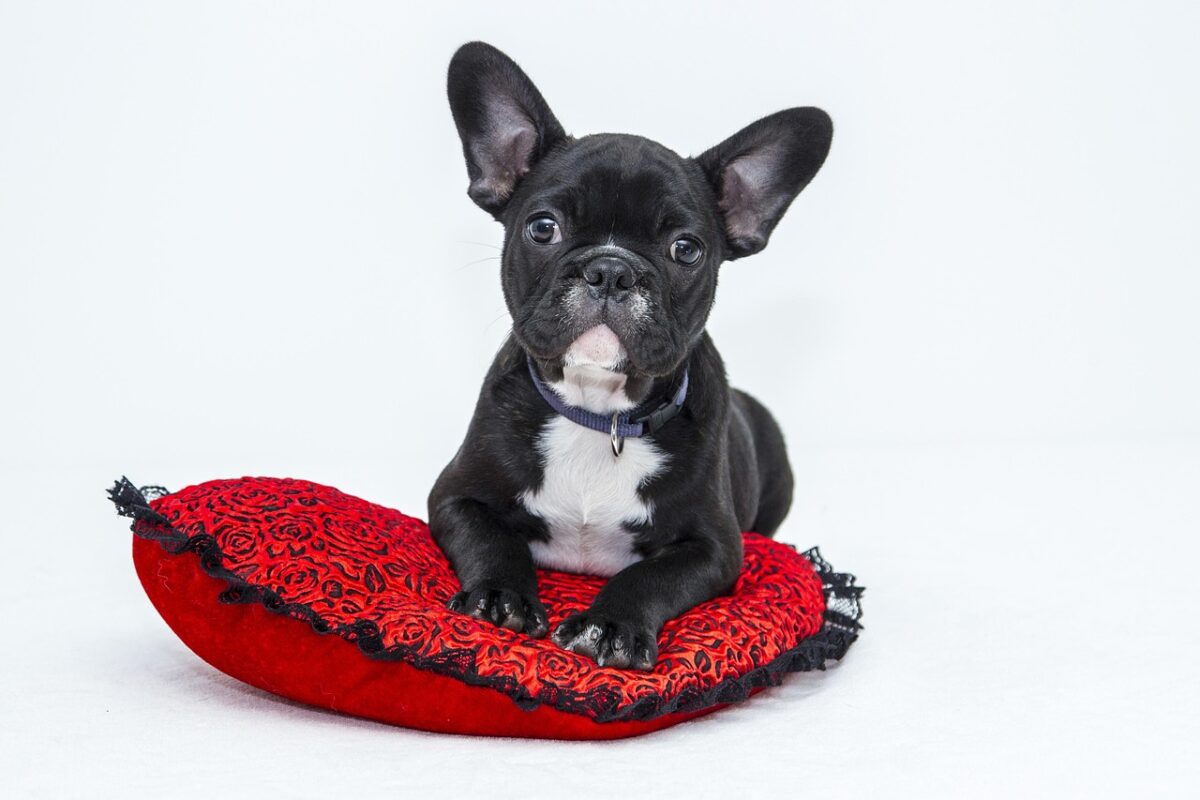“I Wish He Would Live Longer …”
They say a dog’s only flaw is that they don’t live long enough. For most pet parents, the thought of losing a beloved companion is heartbreaking — but what if some breeds are built to stay by your side for years longer than others?
From pint-sized pups that defy the odds to loyal companions known for outliving the average by nearly a decade, these breeds may surprise you. Some of the tiniest dogs aren’t the only ones on this list — a few medium-sized and even larger breeds are famous for their longevity, too.
💡 Keep scrolling until the end — you’ll find out which breed holds the record for the longest-lived dog in history, and it might not be the one you expect.
17. Australian Cattle Dog: The Record-Breaking Survivor
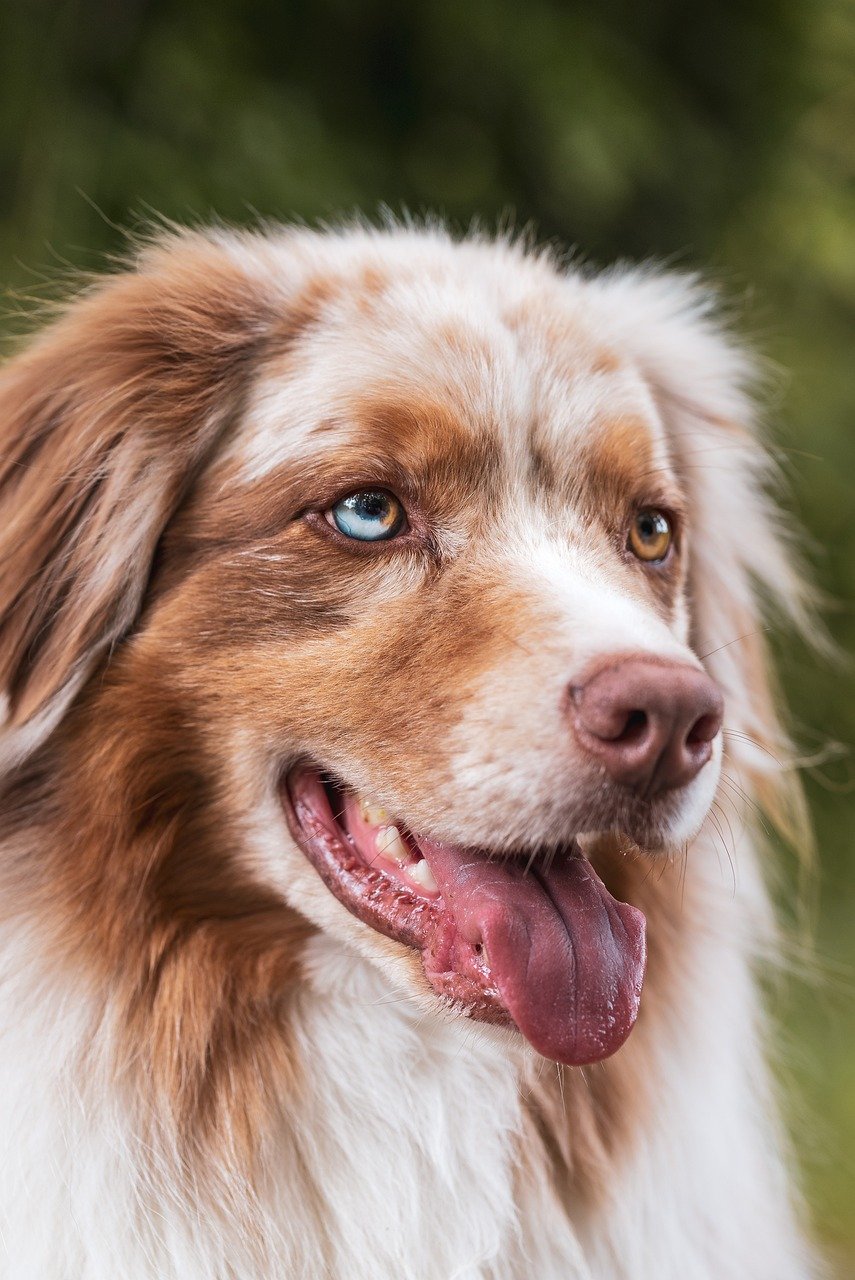
You’re about to discover something absolutely incredible about these tough Australian herders. In a 2024 UK study of 50 dogs the breed had an average life expectancy of 14 years compared to an average of 12.7 for purebreeds and 12 for crossbreeds. But here’s the jaw-dropping part – An Australian Cattle Dog named Bluey was named by The Guinness Book of World Records as the oldest dog that ever lived, with a life span of 29 years and five months.
Many members of the breed are still well and active at 12 or 14 years of age, and some maintain their sight, hearing and even their teeth until their final days. These working dogs are built for longevity, with their active lifestyles keeping them remarkably healthy.
| Attribute | Details |
|---|---|
| Life Expectancy | 12-16 years |
| Size | Medium (35-50 pounds) |
| Key Health Concerns | Hip dysplasia, deafness, progressive retinal atrophy |
| Exercise Needs | Very high – working breed |
| Notable Record | Bluey – oldest recorded dog at 29 years |
• The most common health problems are deafness and progressive blindness (both hereditary conditions) and accidental injury.
• Regular veterinary screening recommended for hip dysplasia and eye conditions
• Require substantial mental and physical stimulation to prevent behavioral issues
• Benefit from active lifestyles and challenging work environments
• Generally robust health due to working breed genetics
• Professional training recommended due to strong herding instincts
16. Chihuahua: Tiny Dog, Giant Lifespan

Don’t let their pocket-sized appearance fool you – these Mexican marvels pack serious longevity into their tiny frames. According to research by Chihuahua Wardrobe, the current data suggests that Chihuahuas live an average of 15 to 20 years when properly cared for by a loving owner. Their small stature works in their favor, as Little dogs tend to live a lot longer than larger breeds. Big dogs age faster.
What’s truly remarkable is that This small breed, which is described as stubborn, lively, and courageous, routinely lives up to 20 years. Some exceptional individuals have even surpassed this milestone, proving that size definitely doesn’t determine spirit or longevity.
| Attribute | Details |
|---|---|
| Life Expectancy | 15-20 years |
| Size | Toy (2-6 pounds) |
| Key Health Concerns | Dental issues, patellar luxation, heart murmurs |
| Exercise Needs | Low to moderate |
| Climate Sensitivity | Cold sensitive – requires warm clothing |
• They are generally healthy, but can be prone to dental issues, patellar luxation, and heart murmurs.
• Regular dental care essential due to small mouth size
• May require sweaters or coats in cold weather
• Prone to hypoglycemia, especially as puppies
• Best suited for adults or families with older children due to fragility
• Early socialization crucial to prevent excessive barking or aggression
15. Jack Russell Terrier: The Unstoppable Energy Machine
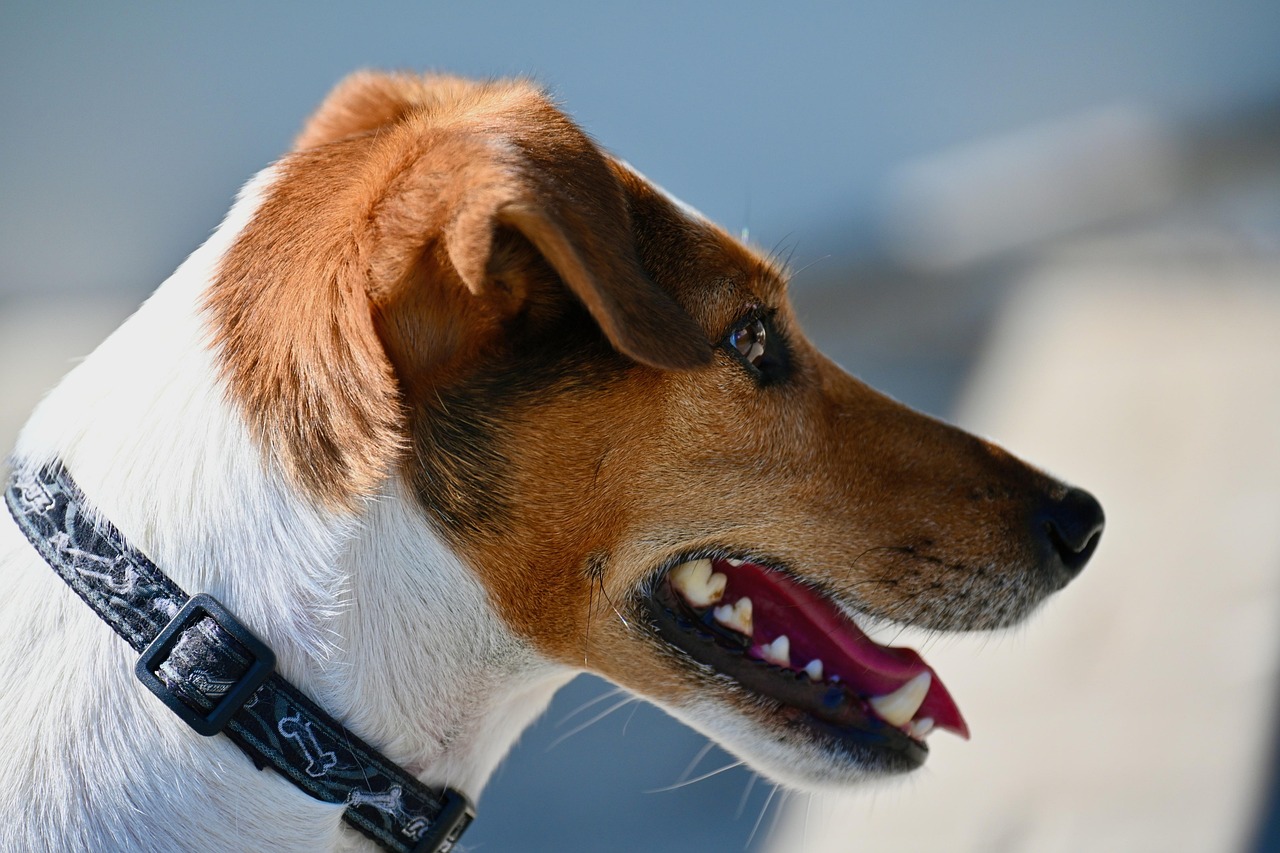
Here’s something that’ll blow your mind about these feisty little hunters – In one of the most recent studies on canine life expectancy, the Jack Russell Terrier was the top dog. They had the longest lifespan throughout their life, and individuals often reach an astonishing 19 years old. Their boundless energy and determination seem to fuel their incredible longevity.
The Jack Russell Terrier is as stubborn as they come, which may be why this breed lives so long. This fearless, energetic, vocal dog breed has a lifespan of 13 – 16 years. Their hunting heritage has blessed them with remarkable resilience and stamina.
| Attribute | Details |
|---|---|
| Life Expectancy | 13-19 years |
| Size | Small (13-17 pounds) |
| Key Health Concerns | Deafness, allergies, patellar luxation |
| Exercise Needs | Very high – hunting breed |
| Training Difficulty | Moderate to high – independent nature |
• Jack Russell Terriers are generally healthy, but can be prone to certain health conditions such as deafness and allergies.
• Require extensive daily exercise and mental stimulation
• Natural diggers and escape artists – secure fencing essential
• Excellent candidates for agility training and dog sports
• May show aggression toward other dogs without proper socialization
• Strong prey drive makes them unsuitable for homes with small pets
14. Toy Poodle: Intelligence Meets Longevity

These curly-coated companions are living proof that brains and beauty can go hand in hand with longevity. Toy Poodles have average lifespans of 15 years, which is a full 3 years longer than that of the Standard Poodle! Their smaller size gives them a significant advantage over their larger cousins.
Most toy-sized ones live 14 to 16 years, and the larger standards live about 11 to 13. This size-lifespan relationship is one of the most consistent patterns we see across dog breeds, and Toy Poodles are perfect examples of this phenomenon.
| Attribute | Details |
|---|---|
| Life Expectancy | 14-16 years |
| Size | Toy (4-6 pounds) |
| Key Health Concerns | Hip dysplasia, ear infections, cataracts |
| Grooming Needs | High – professional grooming required |
| Intelligence Ranking | Very high – top 10 smartest breeds |
• Poodles are generally healthy dogs, but they can be prone to certain health conditions such as hip dysplasia, ear infections, and cataracts.
• Require regular professional grooming every 6-8 weeks
• Hypoallergenic coat makes them suitable for allergy sufferers
• Highly trainable and excel in obedience competitions
• Need mental stimulation to prevent destructive behaviors
• Regular ear cleaning essential to prevent infections
13. Yorkshire Terrier: Small Package, Big Personality

These tiny terrors might surprise you with their longevity despite their delicate appearance. Like other terriers, this dog is full of spunk and charisma, which makes it no surprise that most Yorkies live to be 13 – 16 years old. However, their fragile nature can sometimes work against them.
Petite and pretty Yorkshire Terriers are fragile, which can cut their lives short, bringing down their average lifespan to 14-15 years. However, it’s not uncommon to see these small dogs live into their late teens and twenties with the right care. Proper handling and protection from injuries are crucial for these brave little dogs.
| Attribute | Details |
|---|---|
| Life Expectancy | 13-16 years |
| Size | Toy (4-7 pounds) |
| Key Health Concerns | Patellar luxation, tracheal collapse, dental issues |
| Grooming Needs | High – daily brushing required |
| Fragility Factor | High – prone to injuries |
• Regular dental care essential due to small mouth size
• Prone to luxating patella (kneecap dislocation)
• May develop tracheal collapse – use harness instead of collar
• Require protection from larger dogs and rough play
• Daily brushing needed to prevent matting
• Early socialization crucial to prevent small dog syndrome
12. Maltese: Ancient Elegance with Modern Longevity

These stunning white beauties carry centuries of refinement in their genes, and their longevity is equally impressive. This elegant breed, which has an average life span of 12 to 15 years, has been around for 28 centuries. Their ancient heritage seems to have blessed them with remarkable staying power.
These gorgeous white-haired pups – which first originated from Malta – are known for having a longer life expectancy due to their small size. While they generally live for around 15 years, research by Paw Leaks found that the oldest Maltese dog to have e reached exceptional ages with proper care.
| Attribute | Details |
|---|---|
| Life Expectancy | 12-15 years |
| Size | Toy (4-7 pounds) |
| Key Health Concerns | Patellar luxation, dental disease, eye problems |
| Grooming Needs | Very high – daily care required |
| Historical Significance | 28 centuries old breed |
• “Females of this breed tend to live one year longer than their male counterparts, but all Maltese pups are expected to have long lifespans since they suffer from few serious genetic diseases,” explain the team at Cesarsway.
• Daily grooming essential to maintain coat condition
• Prone to dental problems requiring regular cleaning
• May develop luxating patella (kneecap dislocation)
• Sensitive to temperature extremes
• Regular eye cleaning needed to prevent tear staining
• Best suited for adult-only homes due to fragility
11. Shih Tzu: The Royal Survivor

These former palace companions bring royal longevity to modern homes. Today the Shih Tzu enjoys a long life, living up to 16 years of age. But get ready for this incredible story – The oldest known Shih Tzu was Smokey, hailing from St. Petersburg, FL, who lived to be 28 years old.
Friendly and bred to be companion dogs, these dogs originated in China and have since made great pets to people all over the world, living from 10 to 16 years. Their gentle nature and adaptable personality make them excellent long-term companions.
| Attribute | Details |
|---|---|
| Life Expectancy | 10-16 years |
| Size | Small (9-16 pounds) |
| Key Health Concerns | Breathing issues, eye problems, hip dysplasia |
| Exercise Needs | Low to moderate |
| Record Holder | Smokey – 28 years old |
• Shih Tzu (12-16 years) – Robust and generally healthy with proper care.
• Brachycephalic breed – prone to breathing difficulties in hot weather
• Regular eye cleaning needed to prevent infections
• Moderate grooming needs – daily brushing recommended
• Generally good with children and other pets
• Heat sensitive – require air conditioning in summer months
• Prone to weight gain – portion control important
10. Beagle: The Friendly Hunter’s Long Journey

These beloved hounds have captured hearts for generations, and their lifespan reflects their hardy hunting heritage. While there is no guarantee for the average life expectancy of a Beagle, the typical longevity is 12–15 years – a common lifespan for dogs of their size. But prepare to be amazed by their record-breaking potential.
According to Cesarsway, the oldest known Beagle lived until 27 in 2009. This lovable, vocal breed lives about 12 to 14 years. With their great sense of smell, they love to eat, so be careful not to overfeed your beagle.
| Attribute | Details |
|---|---|
| Life Expectancy | 12-15 years |
| Size | Medium (20-30 pounds) |
| Key Health Concerns | Obesity, epilepsy, hip dysplasia |
| Exercise Needs | Moderate to high |
| Record Holder | Unnamed Beagle – 27 years |
• While some may be prone to epilepsy, medication can help to control this.
• Weight management crucial – prone to overeating and obesity
• Regular exercise needed to maintain healthy weight
• Strong hunting instincts – secure fencing required
• Generally healthy breed with few genetic issues
• May howl or bay – consider noise restrictions
• Excellent with children and other pets
9. Dachshund: The Long-Living Sausage Dog

These elongated entertainers might have short legs, but they definitely don’t have short lifespans. Adorable Miniature Dachshunds live for around 12-16 years, while Standard Dachshunds live for around 12-14 years. Their unique body shape comes with specific challenges, but also surprising longevity.
Here’s a remarkable achievement that’ll make you smile – According to The Spruce Pets, a Dachshund named Chanel set a Guinness World Record for the oldest living dog who died at 21-years-old. Their determination and spunky personality seem to fuel their impressive lifespans.
| Attribute | Details |
|---|---|
| Life Expectancy | 12-16 years |
| Size | Small to medium (11-32 pounds) |
| Key Health Concerns | Intervertebral disc disease, obesity, bloat |
| Exercise Needs | Moderate |
| Record Holder | Chanel – 21 years old |
• Dachshund (12-16 years) – Strong genetics, though prone to back problems
• Intervertebral disc disease major concern – avoid jumping and stairs
• Weight control essential to prevent back stress
• Regular, low-impact exercise recommended
• May require ramps to access furniture safely
• Generally hardy breed despite back vulnerability
• Strong hunting instincts – supervise around small animals
8. Pomeranian: Fluffy Powerhouse of Longevity

These fluffy little lions might look like living teddy bears, but they’re surprisingly robust when it comes to lifespan. They’re happy to learn new tricks and play games with their pet parents well into their teenage years, but they are prone to a number of health issues – hypoglycemia, collapsing trachea, dental disease, and eye problems, to name a few.
Pomeranian (12-16 years) – A small, sturdy breed with proper grooming and diet. Despite their delicate appearance, these tiny powerhouses can live well into their teens with appropriate care and attention to their specific health needs.
| Attribute | Details |
|---|---|
| Life Expectancy | 12-16 years |
| Size | Toy (3-7 pounds) |
| Key Health Concerns | Tracheal collapse, dental disease, luxating patella |
| Grooming Needs | High – daily brushing required |
| Exercise Needs | Low to moderate |
• When you bring home a Pomeranian puppy, it might be worth investing in pet insurance.
• Prone to tracheal collapse – use harness instead of collar
• Daily dental care essential due to small mouth size
• Regular grooming needed to prevent matting
• May develop luxating patella requiring surgical correction
• Heat sensitive due to thick double coat
• Early socialization important to prevent excessive barking
7. Chinese Crested: The Unique Longevity Champion

These distinctive dogs are among the most unusual-looking breeds, but their longevity is anything but ordinary. Chinese Cresteds are one of the most unique-looking (and longest-living) dog breeds around. Their nearly hairless bodies might seem fragile, but they’re surprisingly resilient.
Chinese Crested dogs have been known to live into their 20s, but can develop eye problems, dental disease, and Leggs-Calvé-Perthes disease, among other ailments. Their unusual appearance requires special care, but the reward is decades of companionship.
| Attribute | Details |
|---|---|
| Life Expectancy | 13-20 years |
| Size | Small (5-12 pounds) |
| Key Health Concerns | Skin issues, dental disease, Legg-Calvé-Perthes |
| Grooming Needs | Moderate – skin care essential |
| Climate Sensitivity | High – needs sun protection and warmth |
• Regular skin care essential – sunscreen needed for hairless varieties
• Prone to dental issues requiring regular veterinary cleaning
• Temperature regulation challenging – needs coats in cold weather
• Generally healthy breed with impressive longevity potential
• “Powderpuff” variety has full coat requiring regular grooming
• May develop skin allergies or acne-like conditions
• Excellent for people with dog hair allergies
6. West Highland White Terrier: Scottish Toughness Personified

These scrappy Scottish terriers embody the rugged spirit of their homeland, and their lifespan reflects that hardy nature. With a lifespan of 12 to 15 years, Westies are one of the longest-living dog breeds. Their independent spirit and sturdy build serve them well throughout their lives.
The West Highland White Terrier, or Westie, is a small but sturdy breed known for its lively personality and independent spirit. They are generally healthy, but can be prone to skin allergies, luxating patellas, and liver disease.
| Attribute | Details |
|---|---|
| Life Expectancy | 12-15 years |
| Size | Small (15-20 pounds) |
| Key Health Concerns | Skin allergies, patellar luxation, liver disease |
| Exercise Needs | Moderate |
| Personality | Independent, lively, confident |
• Prone to skin allergies – may require special diets or medications
• Regular grooming needed to maintain white coat
• Strong prey drive – supervision needed around small animals
• Generally hardy breed with few major health issues
• May develop luxating patella requiring monitoring
• Independent nature requires consistent training
• Excellent watchdog capabilities
5. Border Terrier: The Working Dog’s Longevity Secret

These unassuming working dogs pack incredible longevity into their compact frames. With a lifespan of 14 to 15 years, they are one of the longest-living dog breeds. Their heritage as working terriers has blessed them with robust health and remarkable endurance.
Border Terriers are small and energetic dogs that were originally bred for hunting. Border Terriers are generally healthy, but can be prone to certain health conditions such as hip dysplasia and allergies. Their working background contributes to their overall hardiness.
| Attribute | Details |
|---|---|
| Life Expectancy | 14-15 years |
| Size | Small (11-15 pounds) |
| Key Health Concerns | Hip dysplasia, allergies, heart issues |
| Exercise Needs | High – working breed |
| Training Ease | Moderate – independent nature |
• Generally healthy breed with excellent longevity
• High energy levels require substantial daily exercise
• May develop hip dysplasia despite small size
• Strong hunting instincts – secure fencing essential
• Relatively low grooming needs with weather-resistant coat
• Good with children but may chase small pets
• Regular mental stimulation needed to prevent boredom
4. Tibetan Spaniel: Ancient Wisdom in a Small Package

These ancient monastery dogs bring centuries of breeding wisdom to modern longevity. With a lifespan of 13 to 15 years, they are one of the longest-living dog breeds. The Tibetan Spaniel is a small and alert breed that was originally bred in Tibet as a watchdog.
Tibetan Spaniels are generally healthy, but can be prone to certain health conditions such as patellar luxation and dental issues. Their alertness and intelligence, developed through centuries of monastery life, seem to contribute to their impressive longevity.
| Attribute | Details |
|---|---|
| Life Expectancy | 13-15 years |
| Size | Small (9-15 pounds) |
| Key Health Concerns | Patellar luxation, dental issues, eye problems |
| Exercise Needs | Moderate |
| Historical Significance | Ancient Tibetan monastery dogs |
• Ancient breed with excellent genetic diversity
• Prone to patellar luxation requiring monitoring
• Regular dental care essential due to small mouth size
• Generally healthy with few major breed-specific issues
• Alert and intelligent – excellent watchdogs
• Moderate exercise needs make them suitable for various lifestyles
• May develop respiratory issues due to flat face structure
3. Swedish Vallhund: The Viking Dog’s Modern Longevity
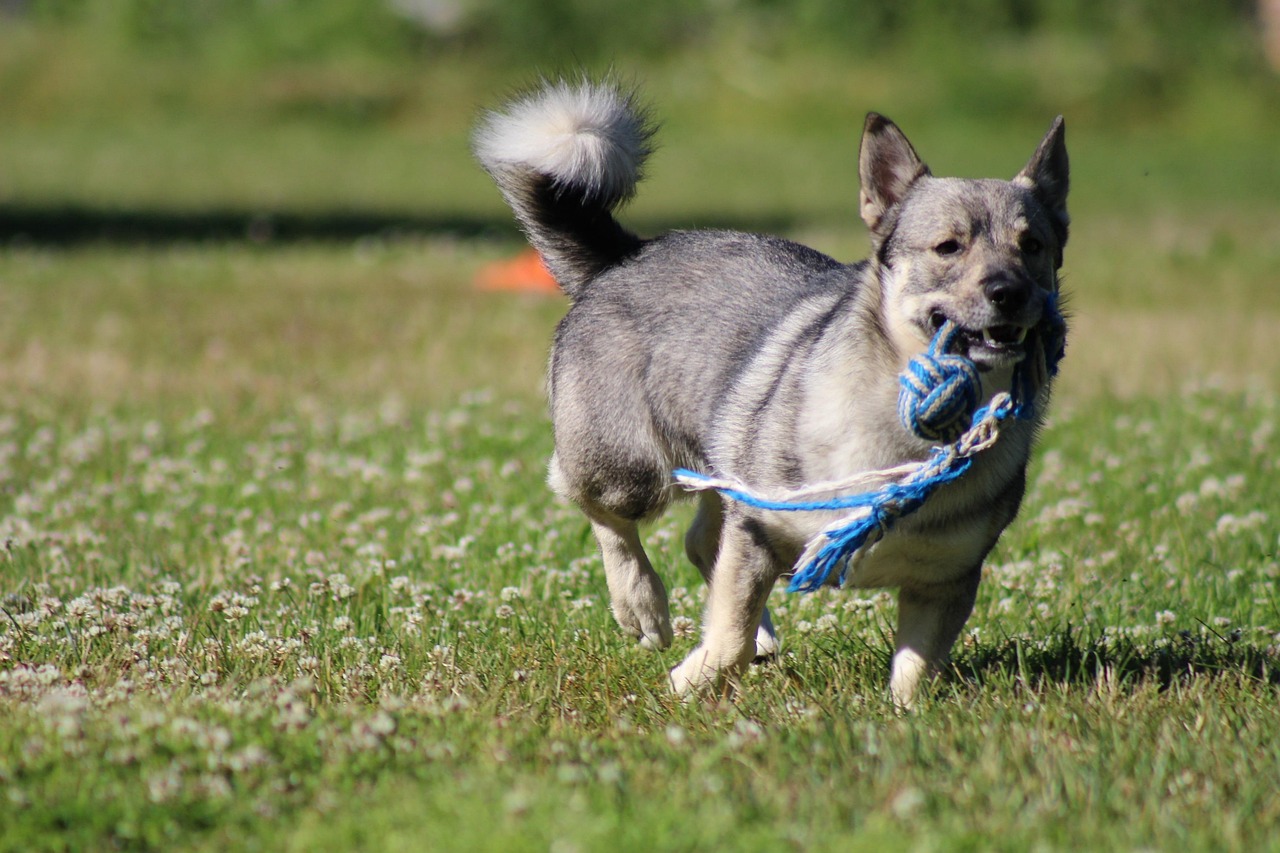
These remarkable Swedish herders carry Viking heritage in their genes and impressive longevity in their future. With a lifespan of 14 to 18 years, they are one of the longest-living dog breeds. The Swedish Vallhund is a small herding breed known for its friendly personality and energetic nature.
Swedish Vallhunds are generally healthy, but can be prone to hip dysplasia and progressive retinal atrophy. Their herding background and relatively small gene pool have maintained excellent health characteristics throughout their breed history.
| Attribute | Details |
|---|---|
| Life Expectancy | 14-18 years |
| Size | Medium (20-35 pounds) |
| Key Health Concerns | Hip dysplasia, progressive retinal atrophy |
| Exercise Needs | High – herding breed |
| Rarity | Relatively uncommon breed |
• Excellent longevity for a medium-sized breed
• High energy levels require substantial daily exercise
• Generally healthy with few breed-specific issues
• May develop hip dysplasia – screening recommended
• Progressive retinal atrophy possible – eye testing important
• Strong herding instincts may lead to nipping behavior
• Friendly personality makes them excellent family companions
2. Lakeland Terrier: Northern England’s Longevity Champion

These tenacious terriers from England’s Lake District are absolute longevity champions. With a lifespan of 14 to 18 years, they are one of the longest-living dog breeds. These tenacious terriers tend to cross the rainbow bridge at 15.5 years, although individuals have been known to reach their 18th birthday.
Lakeland Terriers are small and agile dogs that were originally bred for hunting. Lakeland Terriers are generally healthy, but can be prone to certain health conditions such as allergies, liver disease, and cataracts. Their hunting heritage and hardy northern genetics contribute to exceptional longevity.
| Attribute | Details |
|---|---|
| Life Expectancy | 14-18 years |
| Size | Small (15-17 pounds) |
| Key Health Concerns | Allergies, liver disease, cataracts |
| Exercise Needs | High – terrier energy |
| Grooming Needs | Moderate to high |
• Outstanding longevity even among long-lived breeds
• High energy levels require substantial exercise and mental stimulation
• May develop allergies requiring dietary management
• Regular eye examinations recommended to monitor for cataracts
• Professional grooming needed to maintain coat condition
• Strong hunting instincts – supervision needed around small pets
• Generally robust health with excellent genetic diversity
1. Miniature Poodle: The Ultimate Longevity Champion
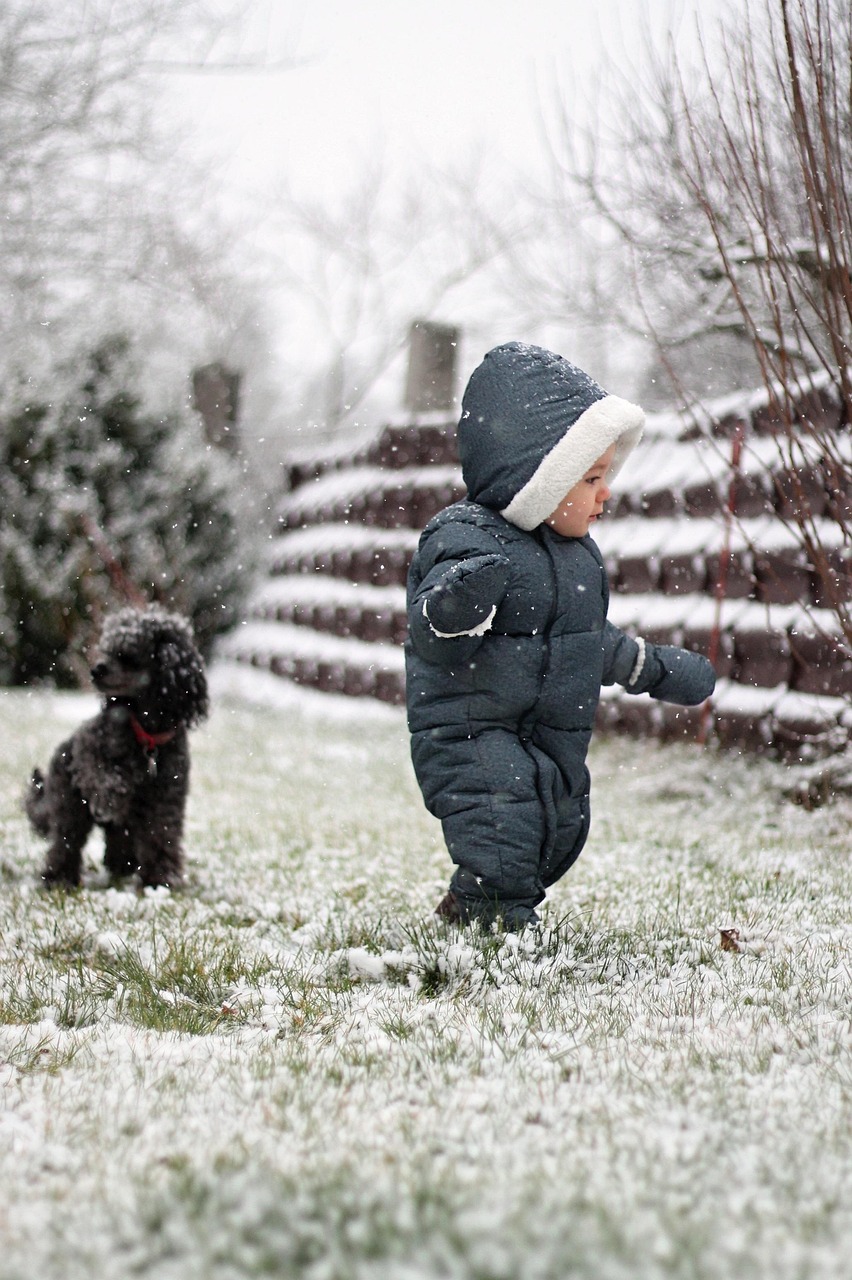
Standing proudly at the top of our longevity list, these intelligent and elegant dogs represent the pinnacle of canine lifespan achievement. Toy and miniature Poodles have an average lifespan of 13 to 15 years, making them one of the longest-living dog breeds. But many individuals far exceed these averages, living well into their late teens.
Poodles are among the most popular dog breeds due to their intelligence, hypoallergenic coat, and friendly disposition. Their combination of genetic diversity, intelligence, and careful breeding practices has created a breed that consistently ranks among the longest-living dogs in the world.
| Attribute | Details |
|---|---|
| Life Expectancy | 13-18 years |
| Size | Small to medium (10-15 pounds) |
| Key Health Concerns | Hip dysplasia, ear infections, cataracts |
| Intelligence Ranking | 2nd most intelligent breed |
| Grooming Needs | High – professional grooming required |
• Poodles are generally healthy dogs, but they can be prone to certain health conditions such as hip dysplasia, ear infections, and cataracts.
• Exceptional intelligence makes training relatively easy
• Hypoallergenic coat suitable for allergy sufferers
• Regular professional grooming essential every 6-8 weeks
• Generally excellent health with few breed-specific issues
• High energy levels require regular exercise and mental stimulation
• Excellent longevity record with many individuals exceeding 15 years
The Secret Behind These Longevity Champions
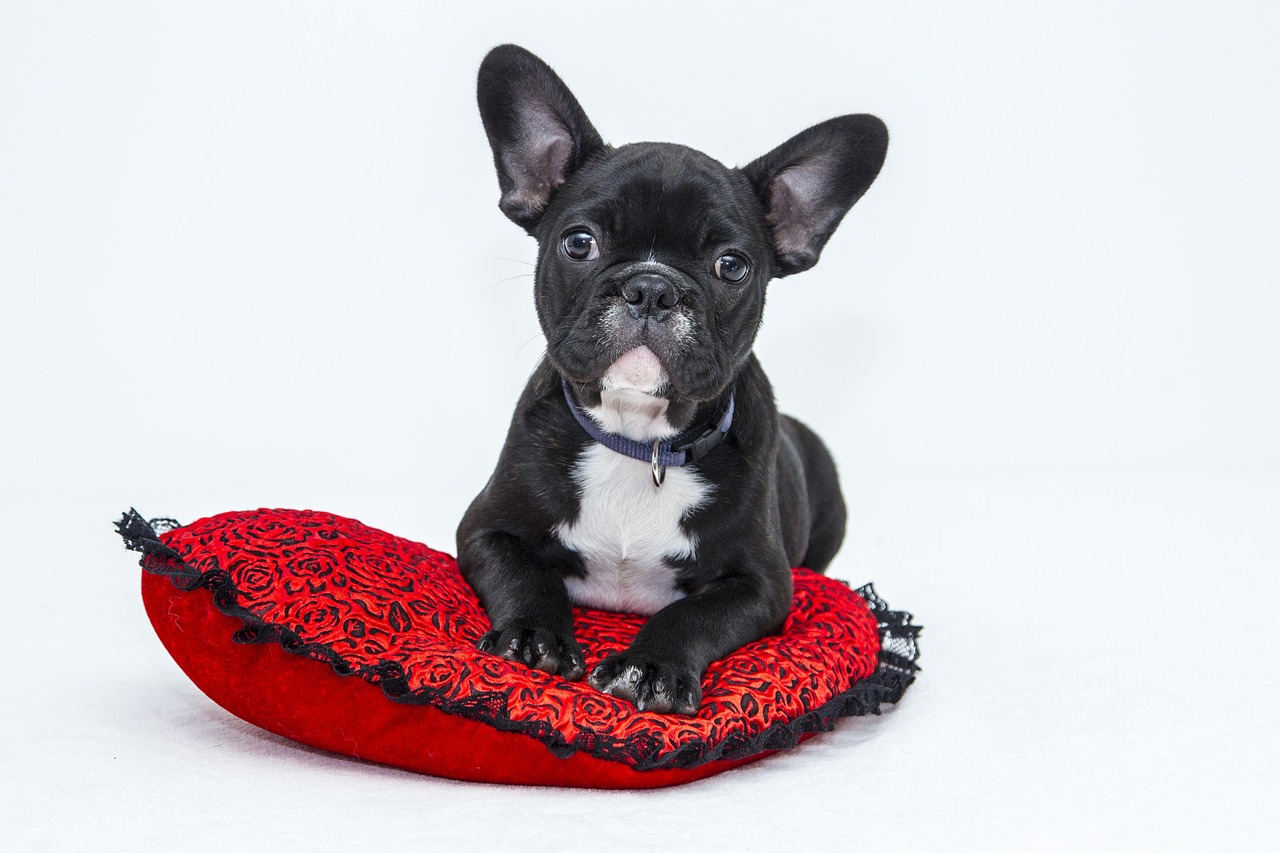
What makes these breeds the ultimate survivors in the canine world? Typically, the smaller the breed, the longer their life expectancy. Dogs that live the longest (mostly small breeds) can often reach their late teens or even early 20s, while extra-large breeds like Great Danes and Newfoundlands typically only live about 7-10 years. Size isn’t the only factor though.
All things being equal, a higher genetic diversity score is generally beneficial to overall health. These long-living breeds also benefit from careful breeding practices, regular veterinary care, and owners who understand their specific needs. The combination of genetics, size, and dedicated care creates the perfect recipe for canine longevity.
Looking at this incredible list of longevity champions, one thing becomes crystal clear – small dogs truly are living proof that great things come in small packages. From the record-breaking Australian Cattle Dog Bluey who lived nearly three decades, to the consistently long-lived Miniature Poodles gracing our top spot, these breeds offer something precious in our fast-paced world: time. Time to build unbreakable bonds, create countless memories, and experience the pure joy that only comes from sharing your life with a devoted canine companion. Who knew that choosing the right breed could mean gaining several extra years of wet nose kisses and tail wags?
- 10 Animals That Hold Unbelievable World Records - August 19, 2025
- 17 Dog Breeds With The Longest Life Expectancy - August 19, 2025
- 12 Ways Giraffes Communicate Without Sound - August 19, 2025

